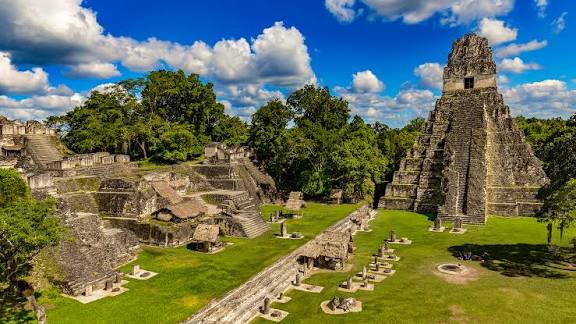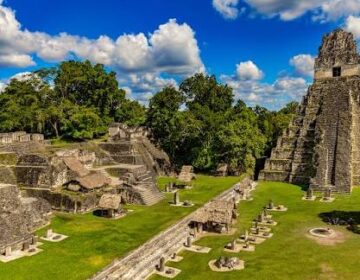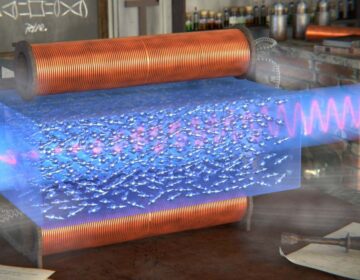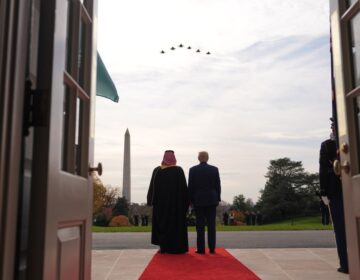New study uncovers the forces that shaped and later brought down ancient urban centers, and shows how these patterns are reflected in modern city challenges.
Why do people choose to move into cities, and why do they decide to leave? Today, urban populations shift for many reasons — economic opportunities, congestion, lifestyle preferences, air quality and, at times, a pandemic.
It turns out this pattern has deep historical roots.The world’s earliest cities were established by rural populations. These were farmers, or agriculturists, whose livelihoods depended on land-extensive systems that encouraged them to live in small, scattered settlements. This arrangement reduced the time and travel required between their homes and the fields they worked.
City life, in earlier times as well as today, brought higher costs of many kinds, including greater vulnerability to crowd-related diseases, tighter competition for land and basic resources, and intensifying inequality. Even so, farmers were willing to take on these burdens, a choice that seemed paradoxical given their circumstances.
Debates over Classic Maya urbanization
This question has fueled a long debate, said UC Santa Barbara archaeologist Douglas Kennett, who has spent years studying patterns of urban development in Classic Maya cities. According to Kennett, the explanation is complex, involving several interconnected factors that contributed to both the expansion and later decline of these ancient urban centers.







